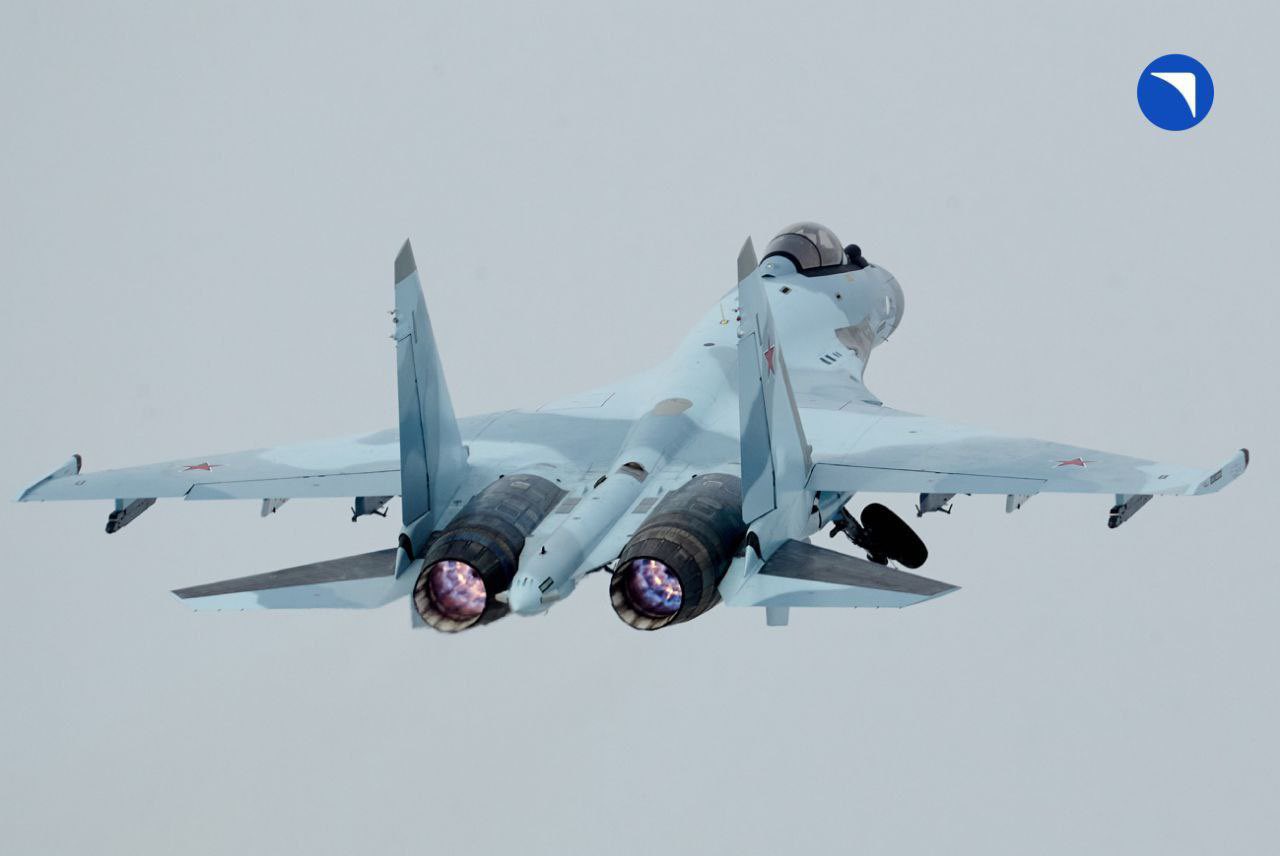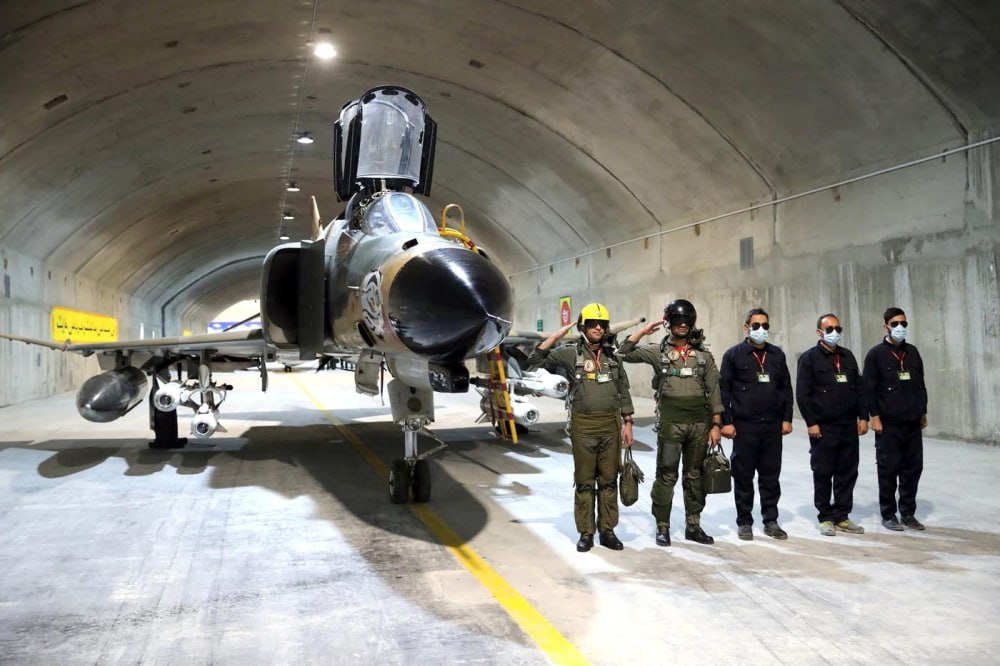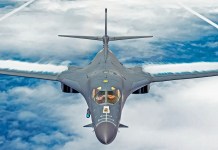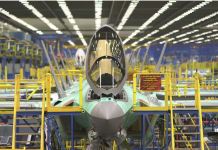The US Department of Justice (DOJ) has filed charges against a US-Iranian citizen for allegedly violating laws concerning the illegal export of components for the McDonnell Douglas F-4 Phantom aircraft to Iran.
Jeffrey Nader, who is associated with the California-based company Pro Aero Capital, is accused of acquiring unspecified military aircraft parts, including those for the F-4 Phantom, and attempting to supply them to Iran.
According to the DOJ, Nader and his associates were in an operation to export nearly thirty aircraft components to Iran, beginning at least in 2023.
Some of these components were specifically intended for the F-4 Phantom, an aircraft Iran acquired before the 1979 revolution, which shifted Tehran from a Cold War ally to a key adversary of the United States.
The DOJ’s indictment alleges that Nader attempted to fulfill purchase orders from Iranian entities by obtaining parts from US suppliers. He claimed his company would use them.
After obtaining the parts, he allegedly tried to export them to the United Arab Emirates, with the intention of eventually sending them to Iran.
These efforts were thwarted when a special agent from the Department of Commerce confiscated the components. None of the items were successfully exported from the United States.
Assistant Attorney General Matthew Olsen, from the DOJ’s National Security Division, emphasized the department’s dedication to preventing military-grade equipment from reaching the Iranian regime.
He claimed that the DOJ continued to be watchful in probing and dismantling criminal networks that provide sensitive technology to hostile governments in breach of US sanctions.
The Federal Bureau of Investigation (FBI) also played a crucial role in the case. Executive Assistant Director Robert Wells of the FBI’s National Security Branch highlighted the agency’s effort to enforce export laws and hold accountable those who attempt to smuggle US-origin military equipment to Iran.
Wells stressed that any evasion of US export controls was unacceptable and that the FBI collaborated globally to enforce these laws and address any associated shell companies. Despite facing sanctions for many years, Iran has been able to sustain and operate American-made aircraft like the F-4s and Grumman F-14s.
The Iranian regime has reportedly kept these aircraft operational through reverse engineering, domestic production of parts, and cannibalizing other aircraft for necessary components.
Iran’s Aging F-4 Phantom Fighter Fleet
Iran faces significant challenges with its aging airframe inventory. Despite reports that the country is acquiring a few dozen Su-35 jets from Russia — originally intended for Egypt — Iranian pilots largely rely on third- and fourth-generation aircraft dating back to the Cold War era.

In addition to its Soviet-era MiG-29s, Su-24s, and Su-22s, Iran continues to operate American-made F-14 Tomcats and F-4 Phantoms. Maintaining these aircraft has proven difficult for Tehran due to the stringent Western sanctions imposed on the country.
During the Cold War, the United States aimed to bolster alliances in the region to counter Soviet influence. The US supported the Shah of Iran, hoping the alliance would help curb Soviet expansion. As a result, the US provided Iran with 32 F-4Ds, 177 F-4Es, and 16 RF-4Es.
After the 1979 Islamic Revolution, which ousted the Shah and established the present Islamic fundamentalist regime, the U.S. expressed regret over its previous arms transfers.
During the Iran-Iraq War in the 1980s, Iran invested heavily in its domestic manufacturing capabilities. Engineers were tasked with reverse engineering and developing components for fighter jets, including the F-4 Phantom.

To keep its aging fleet operational, Iran relies on domestically produced parts such as glide weapons, improvised electrical components, and anti-ship missiles. However, experts believe that these domestic products generally lack the sophistication of Western or Russian systems.
In 2020, Tehran introduced its Qased 900kg electro-optic guided smart bombs during its annual Defenders of the Sky military exercise. Such advancements have helped keep Iran’s Phantom fleet relevant in contemporary aviation.
As highlighted by the recent event, Iran also persistently engages in efforts to smuggle US-made components to sustain and enhance its aircraft fleet.
The Islamic Republic of Iran Air Force (IRIAF) currently operates around 60 F-4s stationed at four airbases: Bandar Abbas, Bushehr, Chahbahar/Konarak, and Hamadan/Nojeh. Significantly, only about 60 percent of these Phantoms are deemed operational at any given moment.
Despite these advancements, Iran’s older aircraft, such as the Phantom and F-14 Tomcat, are not up to par with modern, next-generation jets. Aware of the limitations in its aerial capabilities, Iran has increasingly turned to regional proxy groups to strengthen its strategic influence and compensate for these deficiencies.
- Contact the author at ashishmichel(at)gmail.com
- Follow EurAsian Times on Google News




